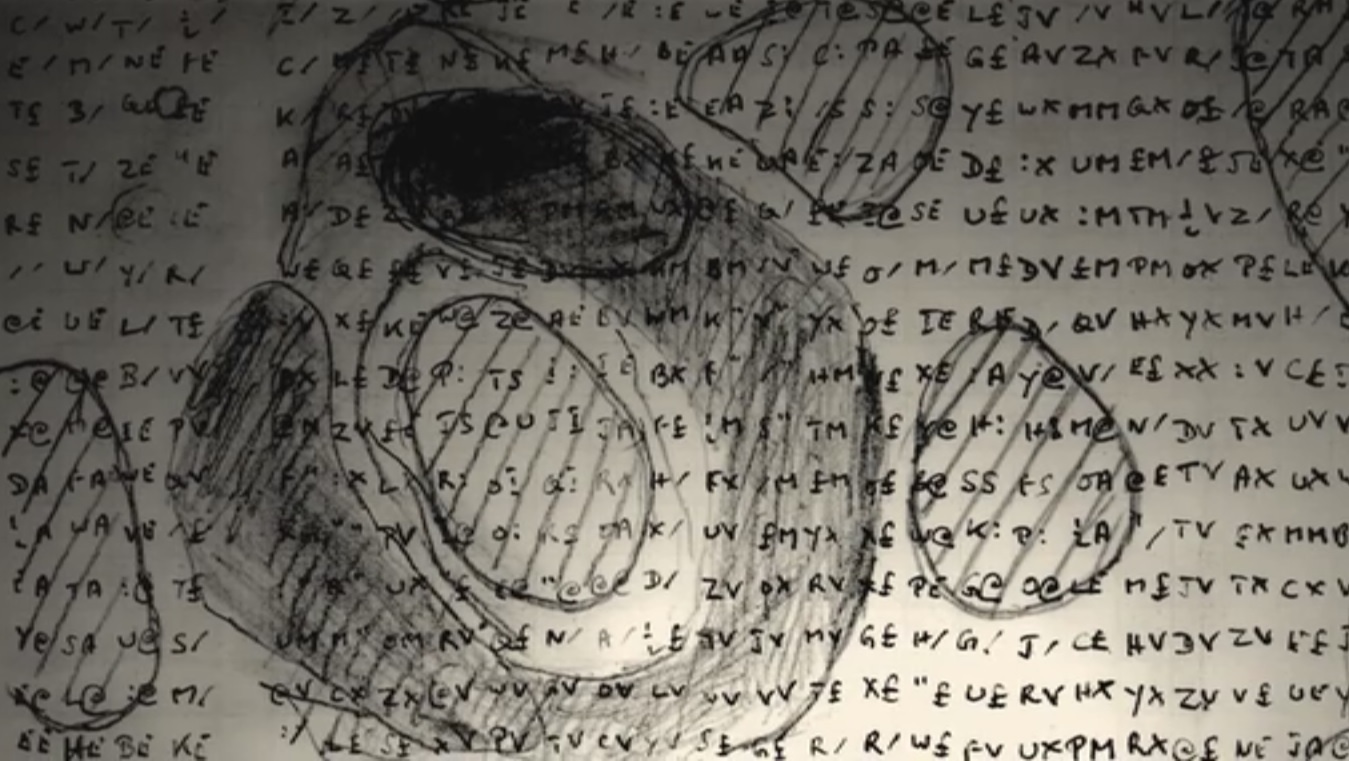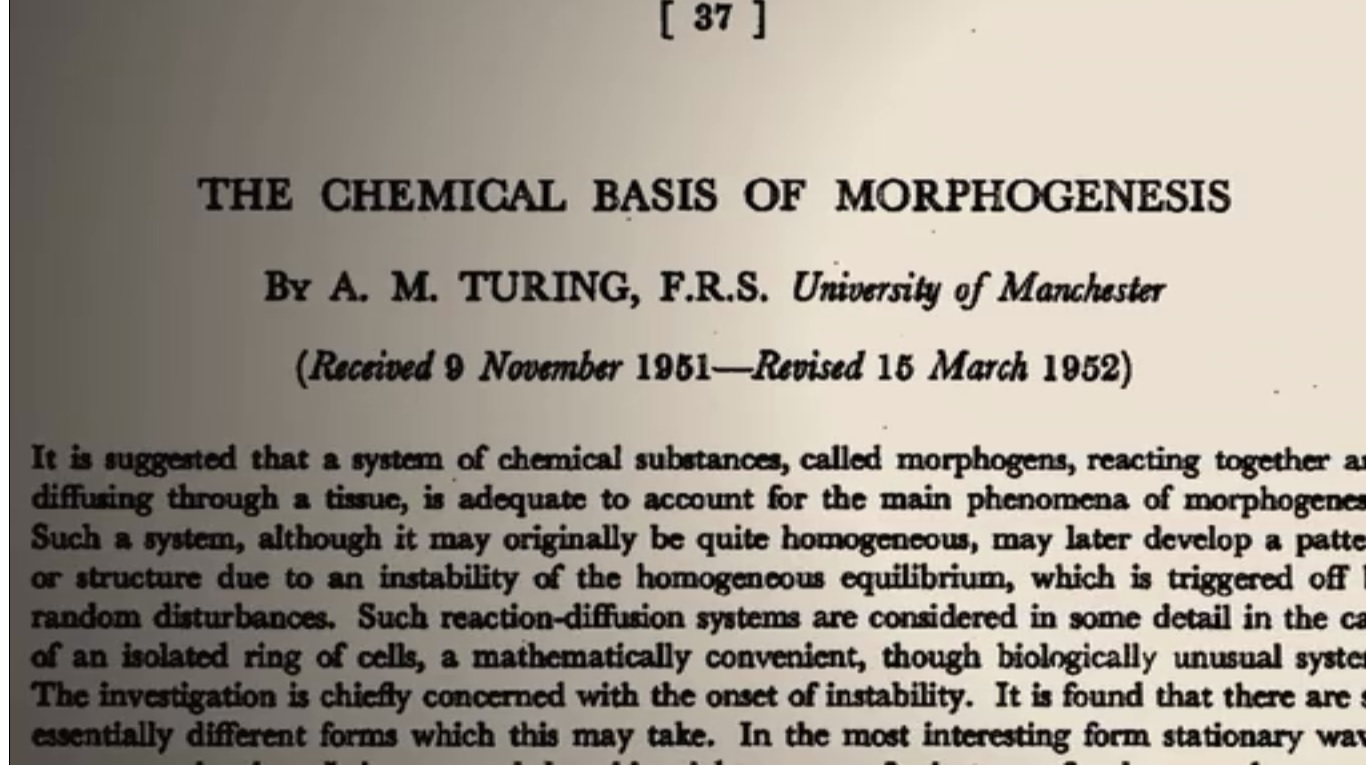Alan Turing, a 20th century mathematician was the main force behind the breaking of German communication encryption during World War II. He lead the effort in a small research facility in England. Without his work, the war may have ended much differently. Rather than thank him, he was chemically castrated after it became known he was homosexual, as at that time in England, it was illegal. He was given daily injections of estrogen, a female hormone, which had dramatic effects on his body and mind. This type of chemical castration was learned from unethical experiments in German prison camps. The same places Turing had helped destroy.
Turing described his life as constantly being under surveillance, with efforts to keep him from traveling or having guests or friends visit or communicate with him, because of his skill as a codebreaker and because he was gay. He was considered a possible threat to national security, yet he showed no proclivity to be such a threat. Instead, the small minds within government thought it better to completely shut down his life and effectively end his research, depriving the world of many more years of insights into our world, that may have helped millions.
It was not until 2009, 55 years after his death, that the British government apologized (after an internet petition demanding it), for how they treated Turing, which resulted in his death at age 41. In 2014, the Queen of England, signed a pardon for his conviction under the former law which forbid homosexuality in England.
In the clip above Turing (played by an actor in the film Codebreakers), discusses with his psychiatrist towards the end of his life, how the beauty of numbers are perceived.
Less known about Turing’s work is his work on morphogenesis or how biological life generates patterns, such as stripes, spots, etc, through a process of chemical computing. Below is a conceptual drawing he created while working on this code. Also an image from his paper on the same.


Source of video and images: Film: Codebreaker
Leave a Reply